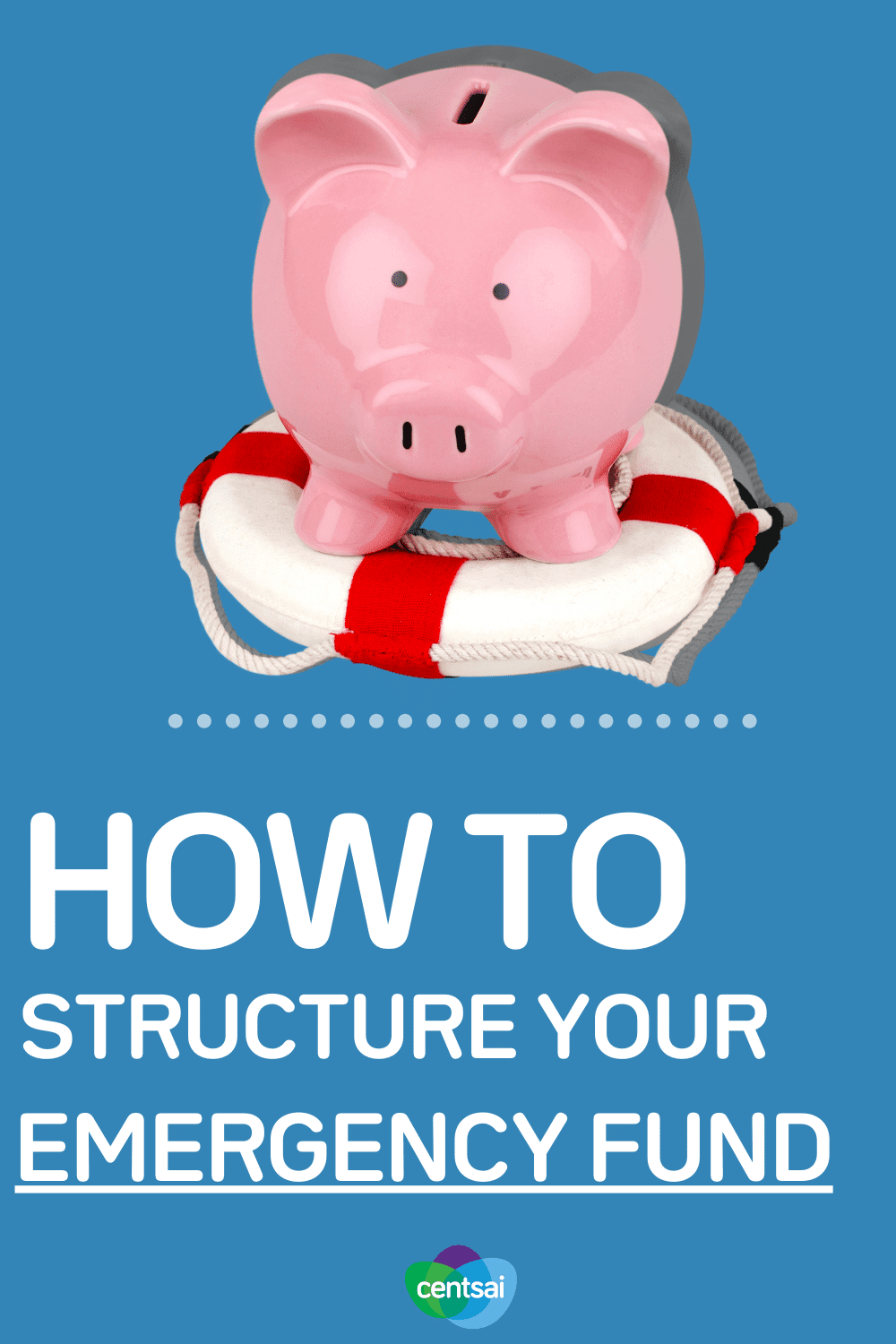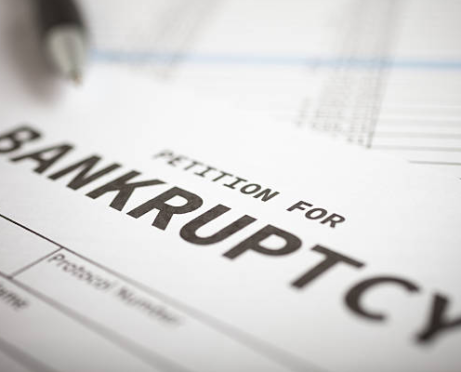
 There’s nothing like a crisis with soaring unemployment to highlight the need for an emergency fund. And there’s a lot of information out there on the “whys” and “hows” and ways to get started. The lack of information is on how to properly structure an emergency fund.
There’s nothing like a crisis with soaring unemployment to highlight the need for an emergency fund. And there’s a lot of information out there on the “whys” and “hows” and ways to get started. The lack of information is on how to properly structure an emergency fund.
An “emergency fund” is the common and simple name for what financial advisors tend to call a “cash reserve.” The distinction is important.
The reason to favor the term “cash reserve” is that it should not be viewed as just an emergency fund. A proper cash reserve is also an opportunity fund; it allows you to take advantage of opportunities that crop up when you weren’t expecting them — and sooner than you were ready.
Being able to move on an opportunity is very different from being able to weather an emergency; weathering an emergency protects you from going backward financially; jumping on an opportunity either saves you money or allows you to sprint forward financially. Both are important for your finances.
We’ll stick with the common usage of “emergency fund,” but we need to be able to address the opportunity aspect of the fund to build a proper structure.
Basic Design Elements
An emergency fund needs to allow for systematic contributions and easy distributions.
We need easy and free distributions to deal with routine emergencies — things like a major car repair or an unexpected home repair. In cases such as these, we need immediate and free access to our funds.
We need systematic contributions to replace these occasional distributions for routine emergencies. Otherwise we’re always starting and stopping contributions and rebuilding depleted funds after a minor emergency.
We need stability. As a general rule, our emergency fund should be subject to any market fluctuation. As a practical matter, we may allow for minor deviation from the rule; we’ll come back to that shortly.
The size of our emergency fund is a factor in choosing the best structure.
The Size of Your Fund
The size of your fund is a determinant in its optimal structure. Emergency funds are typically sized as a number of months’ expenses. For example, a typical emergency fund recommendation is for three to six months’ worth of expenses.
The general criteria for determining size has historically been job stability. Recent events have shown many people that job stability isn’t as predictable as one might think.
Generally speaking, people should build a fund of $1,000; once they have built that, move on to building a fund of one month’s worth of expenses; then move on to a fund of three months’ worth of expenses; and finally, once that’s achieved, build a fund of six months’ worth of expenses.
I think if you’re age 50 or over, you should move your fund to 12 months’ worth of expenses. If you have hit this age milestone, you have entered a different risk zone. Many people find it takes longer to find reasonable employment once they’ve passed this marker, and it may not be possible to fully replace your prior income.
And as your age moves up, things may get more challenging. Sometimes retirement comes earlier than planned; sometimes retirement comes unexpectedly.
A larger reserve can be a godsend in managing an unexpected major life transition.
The size issue is that for emergencies the fund will almost never be needed all at once. For emergencies, a smaller portion may be needed all at once, then you would most likely need periodic withdrawals for the remainder of the emergency. Loss of income is the primary emergency to be prepared for, and that’s the general premise behind structure.
Short-Term Needs
The short-term portion of your emergency fund is that which you might need in the first month of an emergency. All routine emergencies (house or car repairs, etc.) should fall within this time frame. These would be fed from this bucket.
The single most important factor in positioning this first level of reserves is availability: We need immediate access.
Find an Emergency Preparedness Kit Right for You
A checking or savings account is perfect for this level of reserve. Preferably something that pays a little interest, but it will probably be little.
You might use a savings or checking account and a money market account. The savings or checking could have about a week’s worth of expenses; the money market the balance of this first level. You might eke out a little more interest this way.
In most cases, debit card access is sufficient. There are some people who wouldn’t be comfortable using an online bank for this portion of their reserve because they want to be able to walk into a branch and get cash. Others don’t see that as a problem. Either is fine; you pick what you’re comfortable with.
The key at this level is that we can spend the money immediately without delay and without any surrender charges or concerns about market conditions. We need immediate access and zero volatility.
Mid- and Long-Term Needs
The short-term portion of your emergency fund should handle emergencies that last one month or less; the mid-/long-term portion picks up from there.
It can’t take us a month to get the money; we wouldn’t necessarily know we needed it that far in advance. But if it will take a couple days or even a week, that shouldn’t present a problem.
We can’t accept much volatility. Many people will say we can’t accept any volatility. You have to decide for you.
A common approach to this level is to use laddered certificates.
With laddered certificates, you divide this portion of the reserve into equal amounts and have certificates coming due at monthly intervals. This is a common financial advisor recommendation. It looks great on paper.
If you have a three-month reserve, you would have three 90-day CDs renewing at one-month intervals. If you have a six-month reserve, you would have six six-month CDs renewing at one-month intervals. You always have a CD for a month’s worth of expenses renewing that month. This gives you access to the funds in the event of an emergency without incurring any surrender costs.
Start With a Free Consultation
It really can work well. It gives you a clear indication that the funds are there and available. It can provide peace of mind as you see the renewals on an ongoing basis.
But here’s a question for you: What is the surrender charge on a CD?
Hmmm, you would need to ask your bank. Typically CD surrender charges are calculated as some interest, maybe a month’s worth, perhaps a few months’ worth for longer-term CDs.
But longer-term CDs typically pay significantly higher rates. In relative terms, of course. They’re not paying a lot, but it can easily be a multiple of a shorter-term CD’s rate.
Putting Time Into Play
Here’s where you can bring time into this.
The probability of using any portion of your emergency fund is an inverse function of time. Here’s what that means in easy-to-understand terms: The likelihood of using a portion of your emergency fund is greatest for short-term needs and decreases as you move toward longer-term needs.
Basically, you cannot have an emergency that lasts for three months unless it has already lasted for two months. And not all two-month emergencies will last longer than two months. You will use the short-term portion of your reserves far more often than you will use the longer-term portions.
If you set up your reserve where month one is in the bank, and maybe month two is in a 90-day CD, then consider putting the remainder of your reserve in a longer-term CD — even though you would be subject to surrender charges if you needed the money. Most likely you won’t need the money.
You want to try to keep the fund enough in short-term to cover most foreseeable emergencies.
Opportunities work differently than emergencies. You might need a bit of capital at once for an opportunity. That’s another reason to keep the very stable portion on the larger side.
The Bottom Line
You’ll want to do a little math, but if you can get a lot better rate on a three-year or even a five-year CD and it comes with a couple months’ surrender charge, that could still be a good choice. But you will need to do the math to see if it’s a good idea or not.
Longer-term, if you have at least three months’ worth of expenses locked up with no volatility, you might consider a conservative bond fund. Yes, you will have some volatility.
But if you have a lot of volatility, then you didn’t pick a conservative one. And if you’re going with a 12-month reserve, and you should if you’re age 50 or over, then you can certainly take a minor amount of volatility in exchange for a little better return.
There’s a balance to strike here, you can potentially get a little more return without a lot of additional risk for the longer-term portion of your emergency fund. Not true for the short-term piece; you don’t want any risk at all there.




